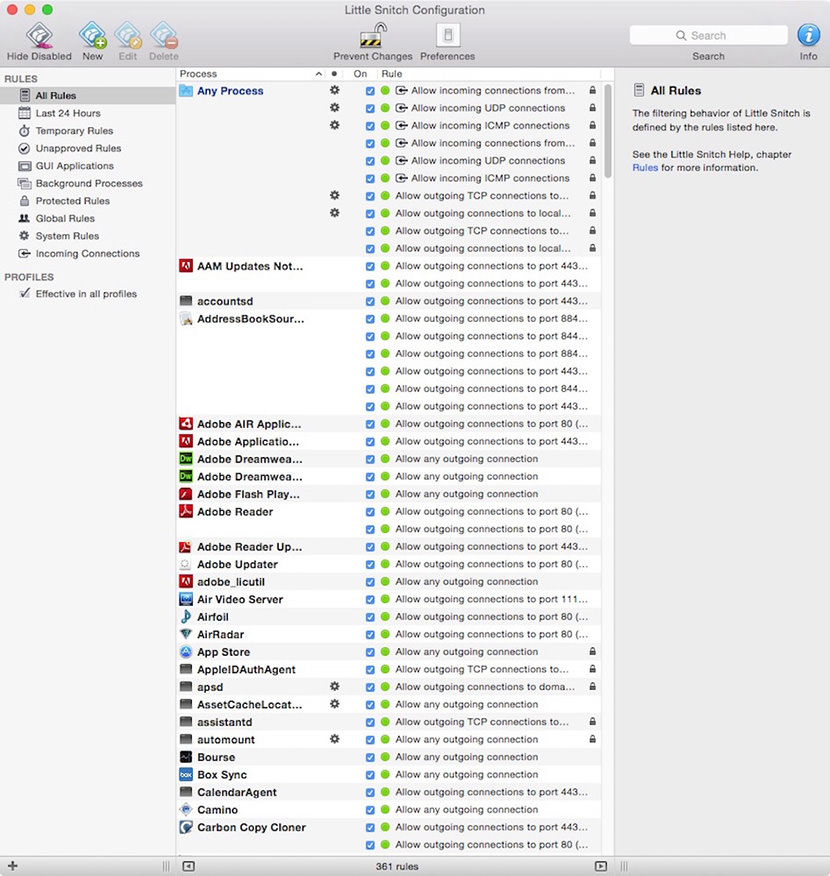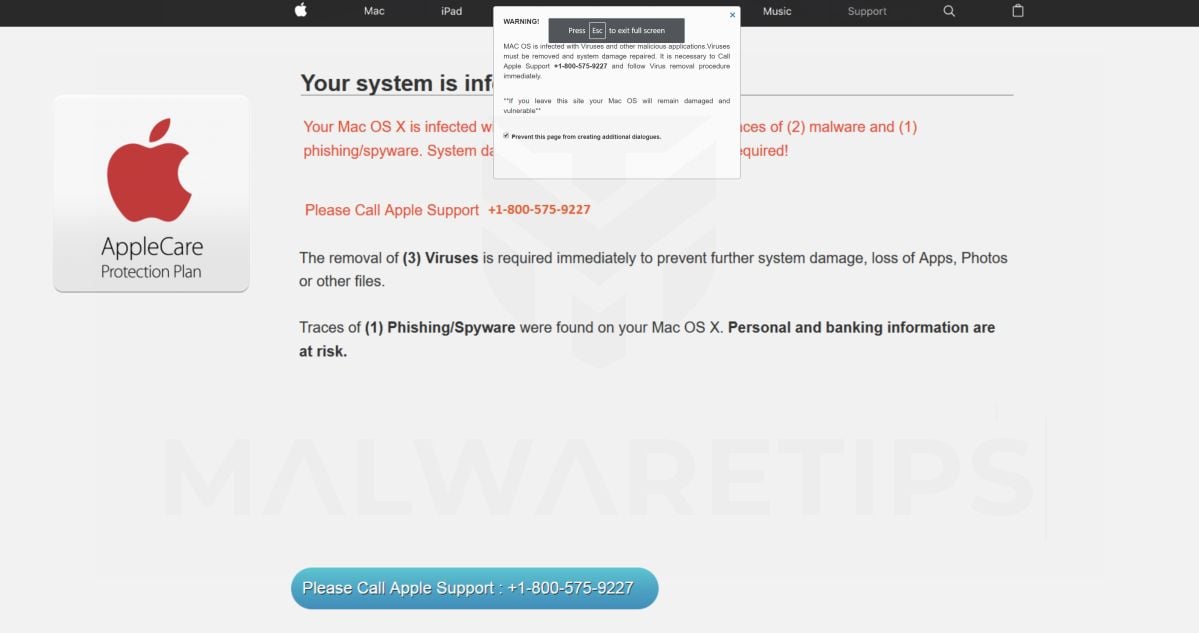Malwarebytes For Mac Is It Legit
The developer of this app is one that we at Malwarebytes have had our eye on since 2015. At that time, we discovered an app on the App Store named Adware Medic—a direct rip-off of my own highly-successful app of the same name, which became Malwarebytes for Mac.
Mail etc which you must send to support@malwarebytes.com You’ll also notice that in the same Help Menu, you can select the option to automatically uninstall Malwarebytes Anti-Malware. We recommend using this option rather than dragging the application to your Trash because it ensures that all components of the application are fully removed.
There's no '.com' on the domain name. It should be malwarebytes.com.
Normally, you'd bring in Malwarebytes to handle an attack that eluded your existing antivirus, or that put up roadblocks to installation of a more traditional antivirus. The high-tech behaviors and technologies that such an infestation requires would be a red flag for Malwarebytes. A Potentially Unwanted Program (PUP) or other less-risky sample actively launched by the user may not raise the same concerns. Keep It in Your Toolbox.
Malwarebytes For Mac Is It Safe
• Rapid Technical Support - Besides the Live chat and toll-free phone call support, you can also expect expert assistance for all your technical question. Just describe your problem in details and you'll get a solution in 48 hours.
Is Malwarebytes For Mac Legitimate
 Network World. Retrieved 26 April 2015. 20 June 2013. Retrieved 12 October 2016. • Michael Kassner (21 October 2013).
Network World. Retrieved 26 April 2015. 20 June 2013. Retrieved 12 October 2016. • Michael Kassner (21 October 2013).
Is Malwarebytes A Scam
The only thing which has a potential of holding users back from using this software is its subscription based pricing. $39.99/year is a hefty price to pay. If you can live with its pricing, you should definitely use this on your Mac. Check it out and let us know your thoughts in the comments section below.
Bad news travels fast. I will share this story with anyone who cares to listen. Persistent storage error message in quicken for mac 2016.
However, the important key is that Malwarebytes Premium vs Malwarebytes Free is basically down to the fact that the premium version will stop an attack before it gets on your computer. If you think you can just do without the automatic protections, then you could be in for a rude awakening. Malware can sometimes lock up your computer so badly that you won’t even be able to use the free version in the first place to remove it. Additionally, new malware technology is designed to work so fast that it can quickly get what it needs before it’s detected and removed. Unless, of course, you stop it before it gets on your PC in the first place. My Experience With Premium Case in point: I was using the Premium version (that I bought myself) and I accidentally typed in the address of one of my favorite cryptocurrency websites wrong, and pressed enter. After I pressed enter I realized my mistake but it was too late.
Consider also installing a Safari extension such as 'ClickToFlash' or 'ClickToPlugin.' They will prevent Flash content from loading automatically, and will also cause non-Flash video to be substituted for Flash on YouTube and maybe some other sites. I've tested those extensions and found them safe, but you should always do your own research before deciding whether to trust any third-party software. If you don't want to, or think you can't, follow safe computing practices as outlined above, there's another option. Open the Security & Privacy preference pane and select the General tab. Click the lock icon in the lower left corner and enter your password to unlock the settings. Select the button marked Mac App Store and close the preference pane.
An actual example: London Terror Moovie.avi [124 spaces] Checked By Norton Antivirus.exe You don't need software to tell you that's a Windows trojan. Software may be able to tell you which trojan it is, but who cares? In practice, there's no reason to use recognition software unless an organizational policy requires it. Windows malware is so widespread that you should assume it's in every email attachment until proven otherwise. If you're just curious as to whether a file is recognized as malware by AV engines, you can upload it to the 'VirusTotal' website, where it will be tested against most of them. A negative result is no proof of anything, for the reasons stated above. I don't recommend doing this with a file that might contain private information.

These types of malware are usually installed on your Mac after downloading from dodgy sites such as download portals or malicious ads that trick you into clicking “download” accidentally. You can choose which files you want to remove using the checkboxes on the left but of course, in almost all cases its best to select them all and click “Remove Selected Items”. Those files that definitely need removing because they are the most malicious, are selected automatically by default by Malwarebytes but those that are unchecked, you an choose whether to remove them yourself. The reason for these optional files is that often they are browser preference files that have been modified by malware and if removed, will require you to reset your browser preferences again. However, we strongly recommend deleting removing all files and then re configuring any necessary browser preferences afterwards to make sure that your machine is squeaky clean after scanning. Note that none of the files are actually deleted – they are moved to a folder called “Malwarebytes Removals” in your Trash which you can choose to empty or delete at any time. Those files labelled with an “!” exclamation mark allow you to see more details about exactly what the malware is if you hover the mouse cursor over it and it is purely for informational purposes.